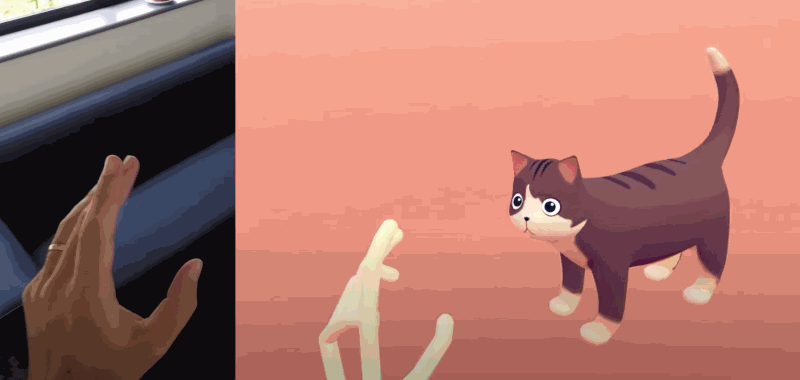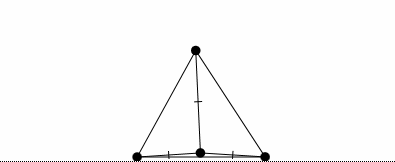Agenda
- Viewings
- Techniques
- Work Session
It sounds morbid but if I had a gravestone I think I’d want an easing function on it https://t.co/Ir8f66GUnz
— zach lieberman (@zachlieberman) March 10, 2021
Viewings on Virtual Creatures
Considerations:
- Behaviors, not appearance. Simulations of physics, tropisms, and intelligence.
- Vocabularies of interaction and operation. What can the user, do?
- Meanings made through contexts of presentation and use.
Let’s consider some cats.

- Leslie Stetz, Tabby Cat browser extension
- Umbrellium, Cinder the Cat (2016)
- Eugene Krivoruchko & Keiichi Matsuda, Cat Explorer
Next, a worm.
Caenorhabditis elegans is one of the simplest organisms with a nervous system: a worm with a brain containing only 302 neurons. As of 2012, it was the only organism to have its connectome (neuronal “wiring diagram”) completely simulated in code, in the OpenWorm project. In 2016, School of Art BFA student Zach Rispoli used the OpenWorm brain code to create C. Elegans Destroys Its Own Bedroom (class project).
And:

- Ed Burton & SODA.co.uk, Constructor (1999)
- George Always, Staggering Beauty (Note: flash warning)
- Variable, UCC Organism (Note: writeup here)
- Marpi Studio, Terrarium
- Rares Popa, Touchbar Pets
- David Li, Blob Opera (2020)
Other / Time Permitting:
- Nathan Gordon, Pablo the Flamingo
- Lars Berg, LaserBagPipe
Techniques
Smooth out a noisy raw signal (for example, from a sensor) by computing a running average:
smoothed = (0.9 * smoothed) + (0.1 * noisy);
- Zeno’s Interpolation Demo (position)
- Zeno’s Interpolation (Color)
Smoothly change the frequency of a periodic signal (or noise):